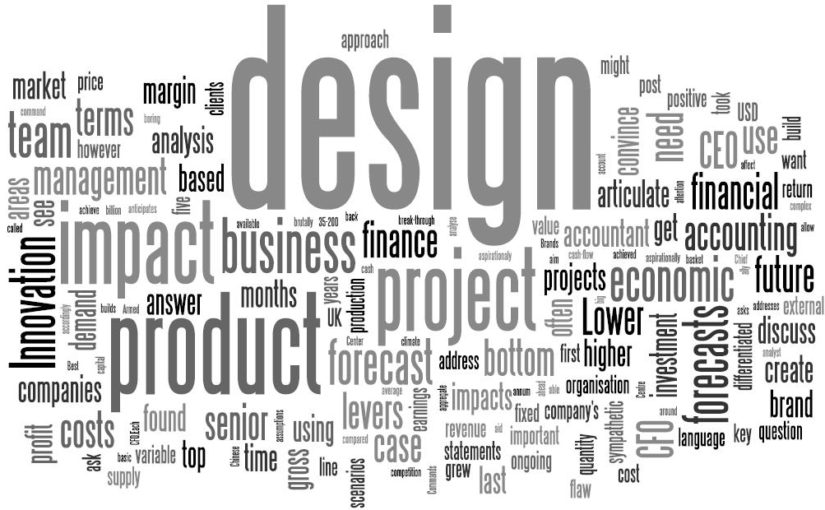The UK construction industry is undergoing a significant transformation. As the nation pushes towards its goal of net zero carbon emissions, the focus has shifted dramatically towards green construction and sustainable building practices. This change is not just about environmental responsibility; it’s about creating more efficient, resilient, and valuable properties for a sustainable future. For construction professionals and clients alike, understanding the emerging construction trends is crucial for staying ahead.
This article explores the future of green construction in the UK: trends to watch in 2025. We will delve into the technological innovations, new materials, and modern construction methods shaping the construction sector. By examining these developments, we’ll answer key questions about what to expect from the construction industry in 2025, from major sustainable construction trends to the outlook on costs, helping you prepare for a greener, more efficient building landscape.
- Advanced Sustainable Materials Taking Centre Stage
A cornerstone of green construction is the use of innovative building materials that minimise environmental impact. According to Ben from Pristine Building Solutions “ In 2025, we’ll see a move beyond basic eco-friendly materials towards high-performance, sustainable materials that offer both structural integrity and significant environmental benefits.”
The Rise of Engineered Timber and Reclaimed Resources
Engineered timber, such as cross-laminated timber (CLT), is becoming a popular alternative to traditional concrete and steel. It is strong, lightweight, and comes from sustainable resources, sequestering carbon rather than producing it. We are also seeing a greater emphasis on using reclaimed timber and recycled steel in construction projects, which helps to reduce waste and lower the overall carbon footprint of a building.
Self-Healing Concrete and Smart Materials
One of the most exciting technological innovations is the development of self-healing concrete. This material contains bacteria that produce limestone to fill any cracks that appear, dramatically increasing the lifespan of structures and reducing long-term maintenance costs. These smart materials represent a leap forward in creating durable and sustainable building solutions. The adoption of such green building materials is a key part of achieving sustainability in the construction industry.
- Modular and Off-Site Construction to Improve Efficiency
A major trend in sustainable construction as of 2025 is the widespread adoption of off-site construction methods. Modular construction, where building components are manufactured in a factory before being assembled on-site, is set to revolutionise the UK construction sector.
Benefits of a Controlled Environment
Building in a factory setting allows for superior quality control and precision. This process significantly reduces material waste, as offcuts can be recycled more effectively within the factory. It also minimises disruptions to the local community, with less noise and traffic around construction sites. Off-site construction methods allow construction firms to improve efficiency and deliver projects faster.
Reducing Environmental Impact
Modular construction has a lower environmental impact compared to traditional building. The streamlined construction process uses less energy and helps to minimise waste on-site. As this method becomes more common in the UK construction industry, it will play a vital role in helping the construction sector meet its sustainability targets and reduce its overall carbon footprint.
- Digital Transformation and Data-Driven Project Management
Leveraging technology is essential for the future of the UK construction industry. In 2025, digital tools and artificial intelligence will be integral to planning, executing, and managing construction projects more sustainably and efficiently.
The Role of Digital Project Management Tools
Digital project management tools are becoming standard for construction teams. These platforms enable real-time monitoring of progress, resource allocation, and budget tracking. This data-driven project management approach improves transparency across the supply chain and allows for better risk assessment. It ensures that projects stay on schedule and within budget, which is a key part of effective project management.
Artificial Intelligence in Construction
Artificial intelligence is being used to optimise designs for energy efficiency, predict potential issues on construction sites, and automate repetitive tasks. AI can analyse vast amounts of data to identify patterns and suggest improvements, from route planning for deliveries to reducing carbon emissions to optimising energy use within the finished building. These digital tools are empowering construction professionals to make smarter, more sustainable decisions. Developing data literacy skills will become increasingly important for the construction workforce.
- Prioritising Energy Efficiency and Renewable Energy
Enhancing energy efficiency is a primary goal of sustainable building. The trends for 2025 go beyond simple insulation, incorporating sophisticated design and technology to slash energy consumption.
Passive Design and Energy Efficient Designs
Passive design strategies are gaining traction. These principles use natural elements like sunlight and ventilation to heat, cool, and light a building, reducing the need for mechanical systems. Combined with energy-efficient designs that feature high-performance windows and advanced insulation, new buildings can achieve exceptionally low energy consumption.
Integrating Renewable Energy Systems
The integration of renewable energy sources is now a standard feature in many new construction projects. Solar panels are …


